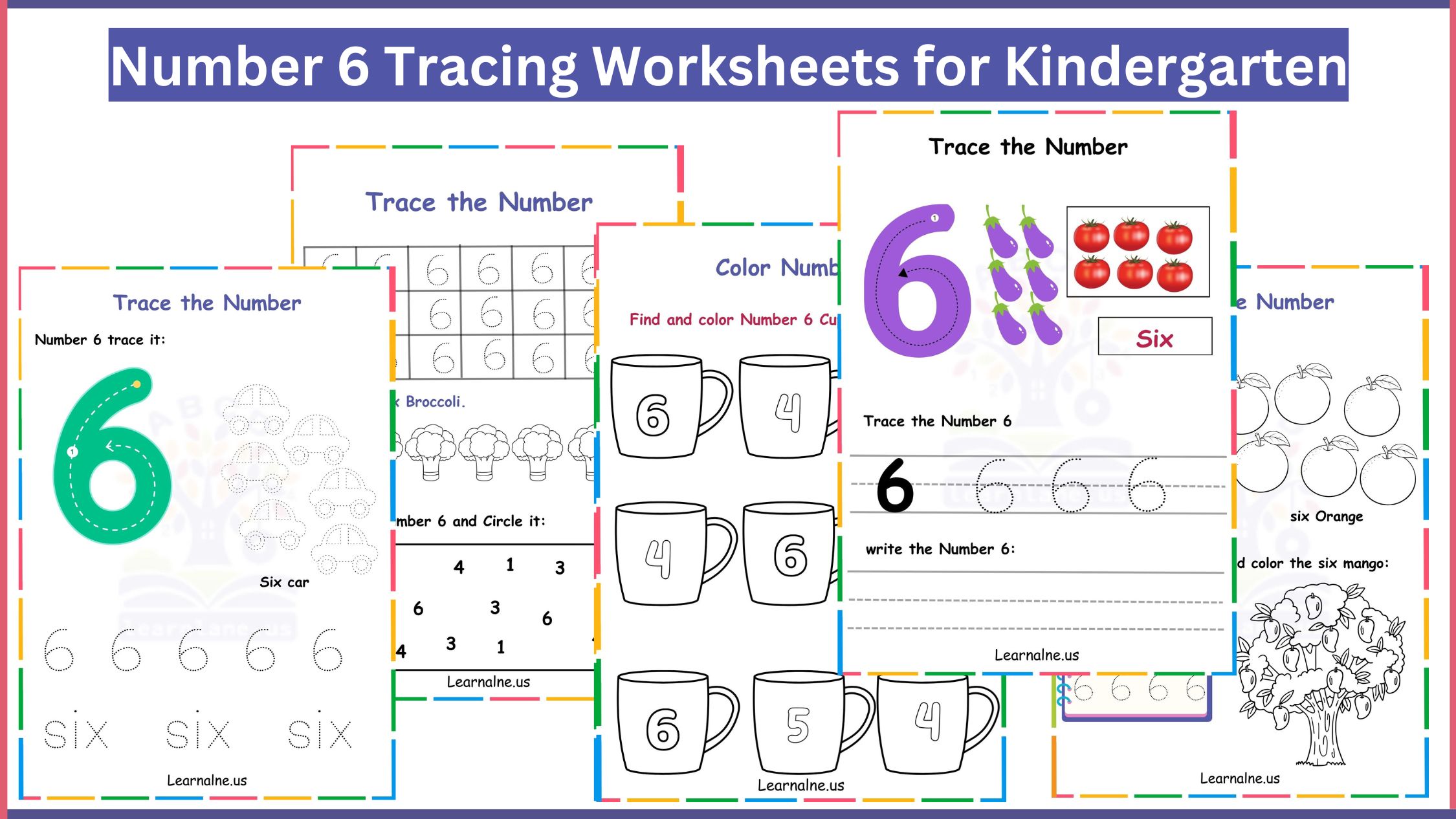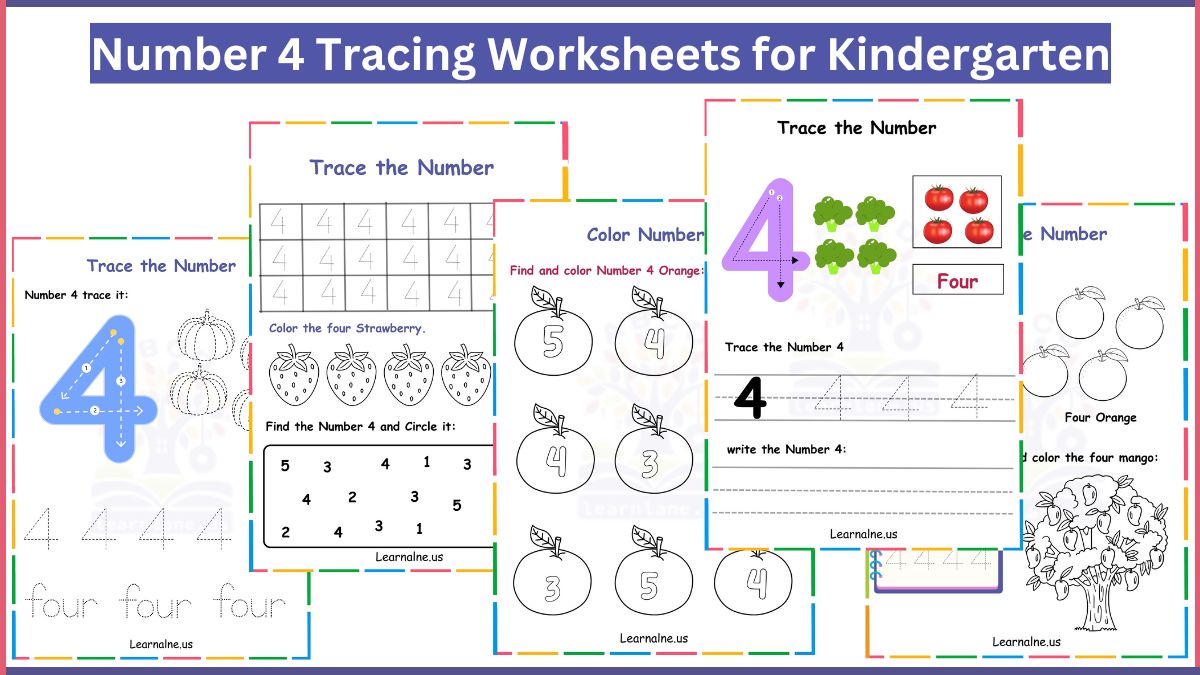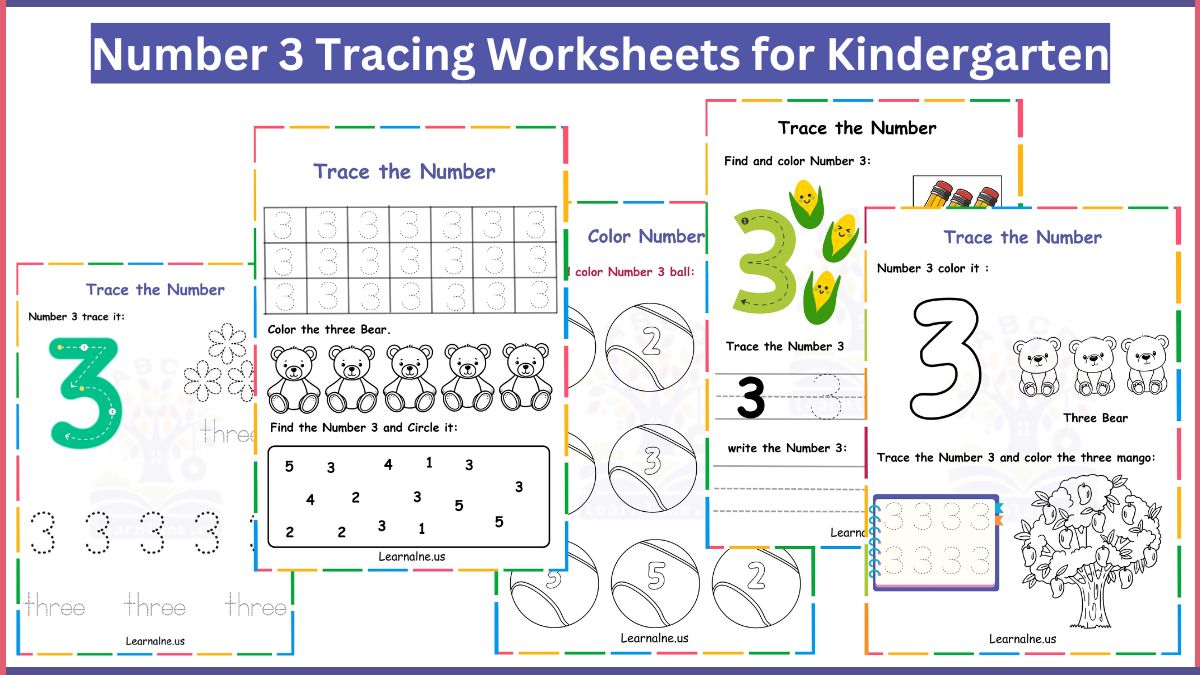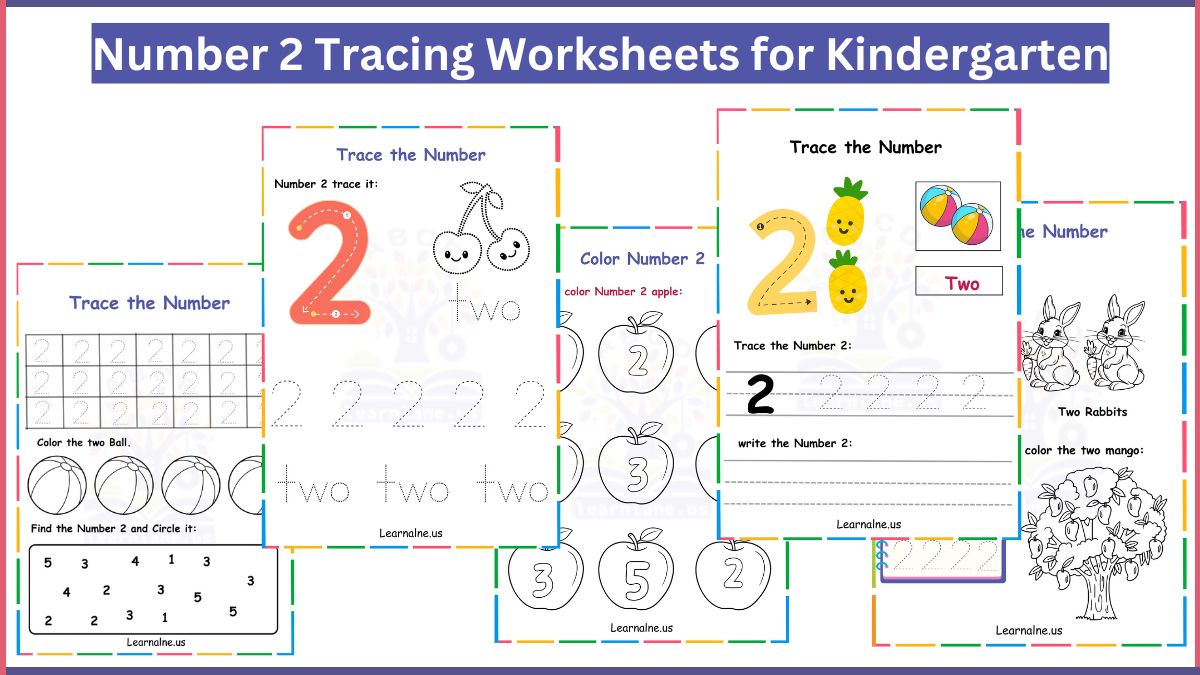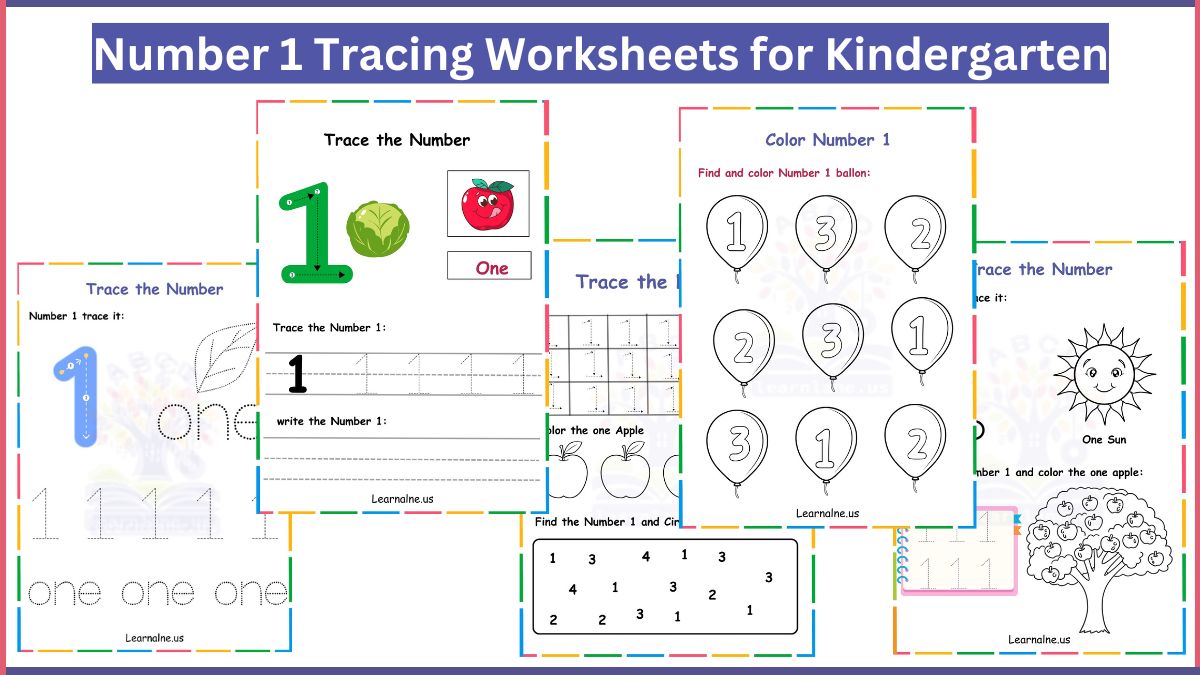A toddler grips a crayon and scribbles with excitement. This simple activity builds fine motor skills and hand-eye coordination. Coloring improves pencil grip, strengthens hand muscles, and enhances spatial awareness. It also boosts cognitive development, creativity, andre imagination.
Coloring helps children recognize colors, shapes, and patterns. It promotes focus, concentration, and emotional regulation. Research shows that coloring supports pre-writing skills and early learning. Educators use coloring activities to teach letters, numbers, and kindergarten readiness concepts.
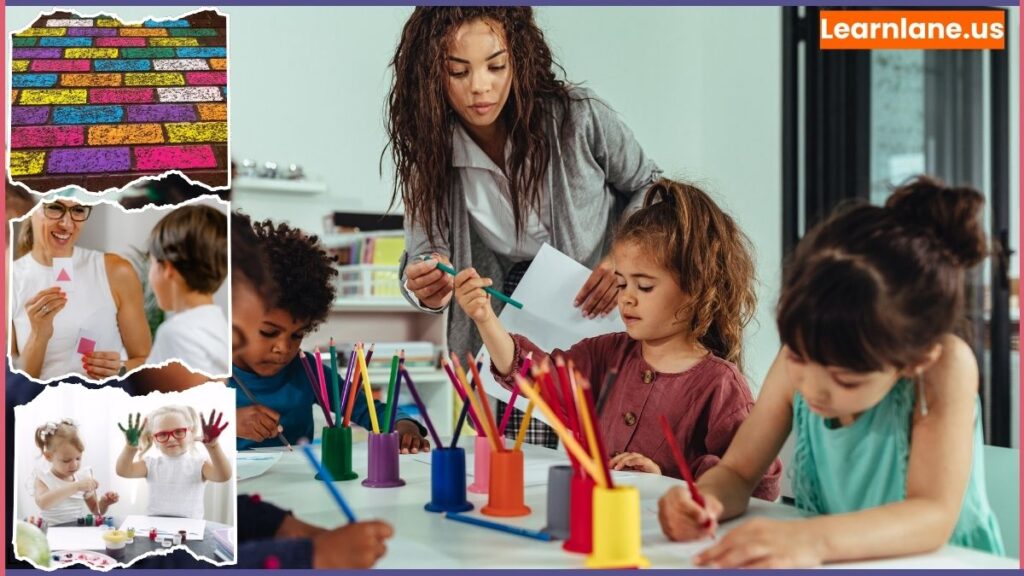
In This article we will explores how coloring supports early childhood learning in physical, cognitive, and emotional development.
Fine Motor Skill Development
Coloring builds fine motor skills and strengthens small hand muscles. Gripping crayons, markers, or pencils improves coordination and control. The OT Toolbox states that coloring develops bilateral coordination. One hand holds the paper, while the other colors.
Coloring improves grip strength and enhances wrist stability. Using small tools like broken crayons strengthens finger muscles. Universitas Pendidikan Indonesia found that structured coloring improves tool control.
Coloring prepares children for writing by refining hand-eye coordination. Staying within lines improves precision and spatial awareness. Dr. Anita Madan states that coloring builds grip strength and sensory skills.
Read Why Fine Motor Skills Matter for Preschoolers
Cognitive Development and Learning
Coloring builds cognitive skills by teaching colors, shapes, and patterns. It helps children recognize colors, mix hues, and identify shapes. Psychologists found that creative activities like coloring enhance problem-solving skills.
Coloring improves spatial awareness and visual perception. It helps children understand positions like inside/outside and above/below. The Journal of Art & Design Education states that coloring strengthens visual reasoning.
Coloring encourages decision-making and problem-solving. Choosing colors and completing patterns builds logical thinking. PBS Parents highlights that structured coloring boosts focus and concentration.
Read about Role of Sensory Play in Early Learning
Creativity and Imagination
Coloring gives children a way to express creativity. It allows them to explore colors, patterns, and designs freely. The Arts in Psychotherapy found that coloring reduces stress and improves mood.
Coloring fosters imagination and storytelling. Children create stories using colors and shapes. Child Development research shows that imaginative play strengthens problem-solving skills.
Coloring provides emotional benefits. It helps children express feelings through colors and designs. Harvard Family Research Project states that creative activities build emotional intelligence.
Emotional and Social Development
Coloring helps children relax. The repetitive motion soothes their minds. The Arts in Psychotherapy found that coloring reduces stress and anxiety.
Coloring helps children express emotions. Choosing colors lets them communicate feelings. Child Development research shows that creative activities support emotional regulation.
Collaborative coloring builds social skills. Sharing materials teaches cooperation and teamwork. Psychology Today states that group art projects improve communication and social interaction.
Conclusion
Coloring strengthens fine motor skills, hand-eye coordination, and pencil grip. It enhances cognitive development, focus, and creativity. It also helps children express emotions and develop problem-solving skills.
Parents and educators should include coloring in daily learning. Simple activities with crayons, coloring books, and printable pages make learning fun and interactive.
Coloring is more than just a fun activity. It is a powerful tool for learning, creativity, and emotional growth. Make it a part of every child’s daily routine!

